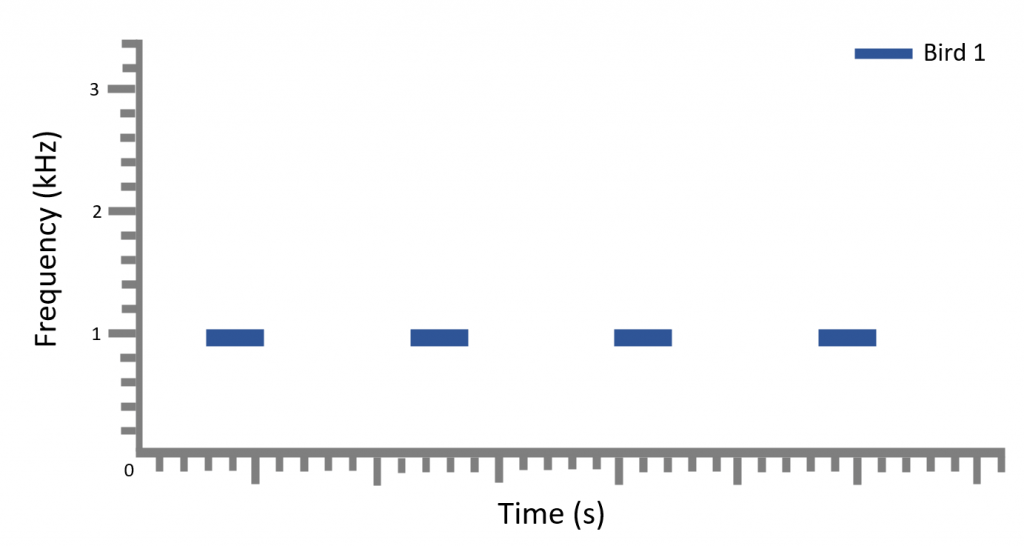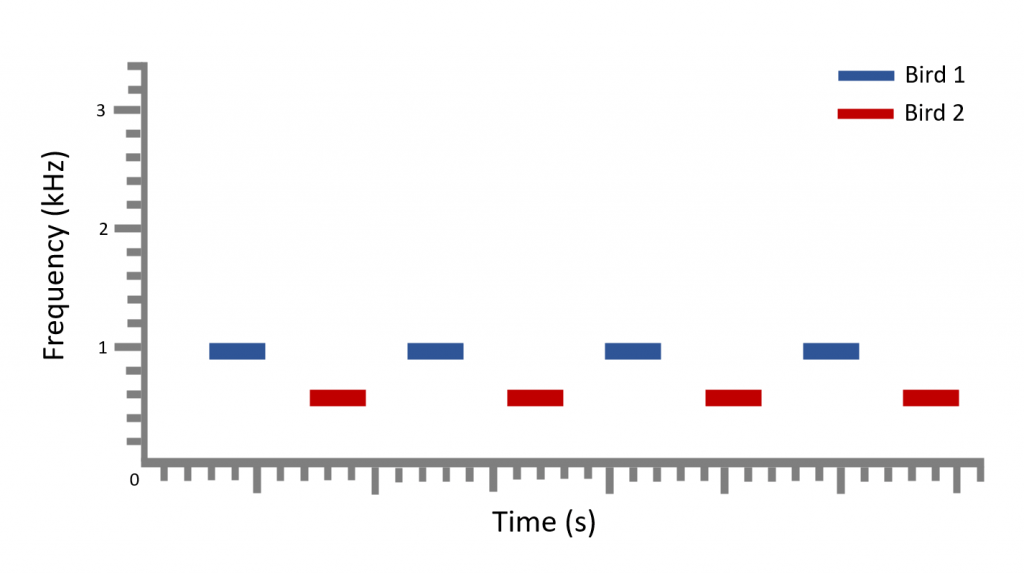By Ana Gabrielle Alcantara
Ethno-ornithology involves the intersection between human culture and avian biology. It studies how different societies can perceive and integrate birds and their habits into their belief systems, art, language, rituals, and even mythologies. The very names that people assign to birds around them carry different narratives and can reveal an interplay between cultural identity and the environment.
Psilopogon haemacephalus, fondly known as pokpok in the Philippines, is a small bird found in lowlands, forest edges, and open woodlands. It is also commonly found in urban environments. It eats fruits, seeds, and the occasional insects. It is easily identifiable through its distinct coloration of green head, red forehead, dark-colored bill, yellow throat, and grey with black-streaked underparts.
For the T’bolis in southern Mindanao, Mora (2005) documented how the Coppersmith Barbet plays a role in the Lake Sebu creation myth. The myth says that when the first T’boli woman, Boi Henwu, ascended into heaven to be with her celestial partner, she struck down two mallets which became the first male and female pair of coppersmith barbets. This is quite integral to the viewpoint of how a bird’s call and behavior are tied to symbolism in human culture. The mythical connection between Boi Henwu and the barbets signifies how T’boli culture is sensitive to their environment.

This account of the barbet aligns with the global perception of the Coppersmith Barbet. The barbet obtained its name from how similar its call resembles a hammer hitting metal. Its sound has been described as kuk-kuk-kuk internationally, pok-pok-pok in Filipino, or fu by the T’boli. Here we can see that Coppersmith Barbet emits short bursts of the same low-pitched, monotonous sound, with constant speed and pitch that are slow enough to be counted.

The T’boli, according to Mora (2005), also made observations of how barbets can sing in pairs, whose asyncopated calls are said to be done by male and female barbets. These hollow and metronomic sounds seem to produce an antiphonal pattern. The duet’s interpretation by the T’boli is flexible, allowing the male to produce the lower-pitched sound while the female delivers the higher-pitched calls, or vice versa. This interchangeability of male/female behavior emphasizes a sense of interdependency in the T’boli belief system.
Just as a pair of birds cooperate in order to create nest cavities and take care of their young, the compatibility of social roles between T’boli men and women is highlighted, such as when the men are tasked with the economic transactions while the women uphold the daily needs of their family. Hence, we can see the affinity of the T’boli society to create connections with nature.

Birds impact human culture. Mythologies can reveal intimate knowledge about birds around them, regarding their behavioral tendencies, appearance, movement, and singing behavior. With the Philippines being a culturally rich country, there is a need to have more ethno-ornithological studies considering that this field remains relatively undocumented. Studying how ethnic cultures perceive the different birds in their natural habitat can provide insights into Philippine anthropology and ethno-ornithology.
References
Allen, D. (2020). Birds of the Philippines. Lynx Edicions, Barcelona.
Kennedy, R., Gonzales, P. C., Dickinson, E., Hector C. Miranda, J., & Fisher, T. H. (2000). A guide to the birds of the Philippines. Oxford University Press.
Limos, M. (2020). Meet the Pokpok: A Noisy and Colorful Bird of the Philippines. Esquire. https://www.esquiremag.ph/long-reads/features/pokpok-bird-coppersmith-barbet-philippines-a00293-20201215
Mora, M. (2005). Myth, mimesis, and magic in the music of the T’Boli, Philippines. Ateneo University Press.
Wyndham, F., Gosler, A., Park, K., Grabowska-Zhang, A., Fanshawe, J., Nathan, D., … & Del Hoyo, J. (2016). The Ethno-ornithology World Archive (EWA): an open science archive for biocultural conservation. Revista Chilena de Ornitología.
